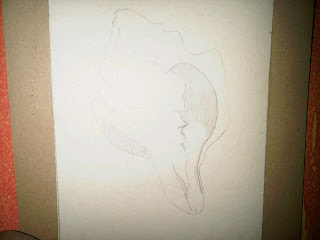I was in city of Bandung for a day for meeting. Bandung, City of Flowers, is the provincial capital of West Java and Indonesia' s third largest city. Known in colonial times as the Paris of Java because of its European ambiance and sophistication, Bandung shares with Miami a fine legacy of Tropical Deco architecture dating from the 1920's.
Situated on a plateau in the beautiful Parahayangan mountains, Bandung's pleasant climate and lush surroundings have offered an escape from the heat of the lowlands since the mid 19th century when it was the heart of the region's most prosperous plantation area. Host to the historic Asia Africa conference in 1955, Bandung is now a center of higher education ,commerce and aircraft industry which despite its modern amenities still retains much of its colonial era charm.
Bandung is also renowned for its shopping, particularly for shoes, textiles, clothing and denims which are found in the colourful Jeans street .Bandung, with its cool mountain air is a popular second stop for those visiting people to Jakarta.
This is view from Hotel Hyatt!






















